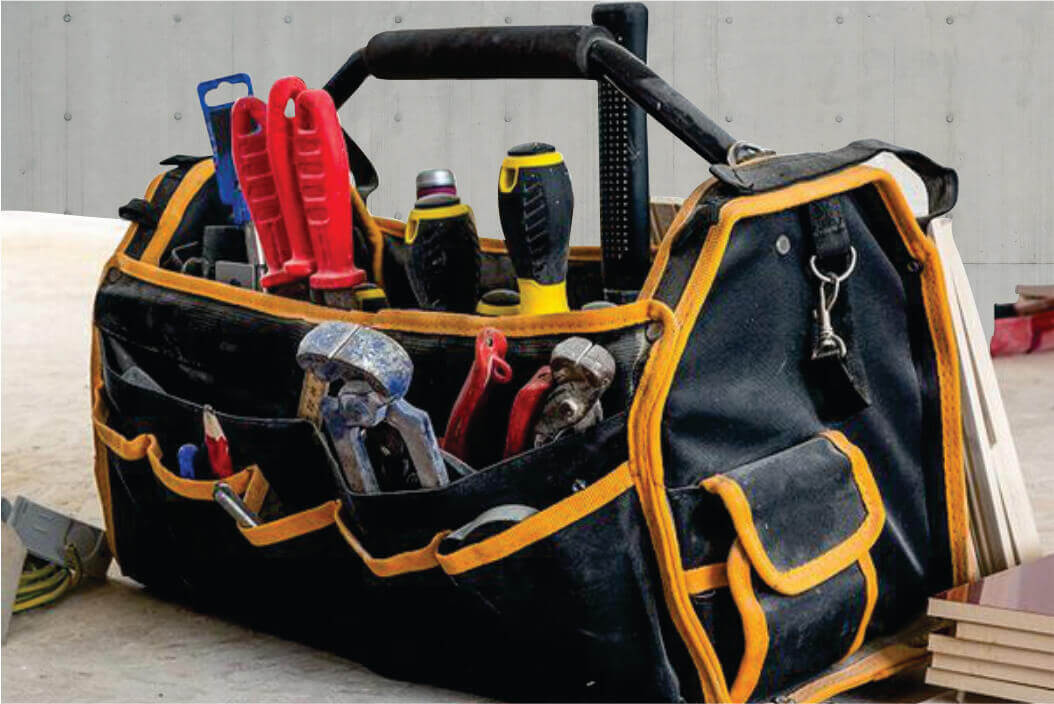
Frequently Asked Questions
Welcome to Drilling Nerd’s FAQ page! Here, we’ve put together this comprehensive guide to answer some of the most frequently asked questions about drill machines, their types, drill bits, and maintenance.
General Drill Machines
A drill machine is a power tool used for making holes in various materials such as wood, metal, plastic, and concrete. It works by rotating a drill bit at high speed while applying pressure to the material being drilled, which creates a hole.
Explore: Guides
Related Articles:
There are several types of drill machines available, including corded, cordless, hammer drills, and impact drills. Corded drills use a power cord and outlet, while cordless drills are battery-powered. Hammer drills are designed for drilling into concrete and other hard materials, while impact drills are used for driving screws and bolts.
When choosing a drill machine, consider factors such as the type of work you will be doing, the material you will be drilling, the size and weight of the drill, and your budget. You should also look for features such as variable speed control, keyless chuck, and ergonomic design.
When using a drill machine, always wear eye protection and keep loose clothing and jewelry away from the drill bit. Use a clamp or vice to secure the material being drilled and avoid using excessive force. Always follow the manufacturer’s instructions and guidelines for safe operation.
To maintain and care for your drill machine, keep it clean and free from dust and debris. Lubricate the chuck and moving parts regularly and check the brushes for wear. Store the drill in a dry, cool place and avoid exposing it to extreme temperatures or moisture. Follow the manufacturer’s recommendations for maintenance and repair.
Drill Buying Guide
When buying a drill, you should consider factors such as power source (corded or cordless), size and weight, chuck size, speed settings, and accessories included.
Explore: Best Drills
The best cordless drill for home use depends on your specific needs and budget. However, some popular options include the DEWALT DCD771C2 20V MAX Cordless Drill, the BLACK+DECKER LD120VA Cordless Drill, and the Makita XPH012 18V Cordless Drill.
Explore: Best Drills, Cordless Drills
Related Articles:
While cordless drills have improved significantly in recent years, they may not be the best choice for heavy-duty projects that require extended use or high torque. Corded drills or rotary hammers are better suited for these types of projects.
Explore: Best Drills, Corded Drill, Hammer Drills
Related Articles:
If you plan to do both drilling and driving tasks, it can be beneficial to buy a combo kit that includes both a drill and an impact driver. This allows you to switch between the two tools easily and complete tasks more efficiently.
Explore: Combo Kits, Drill Drivers
Related Articles:
The best budget corded drill depends on your specific needs and budget. However, some popular options include the SKIL 6335-02 7.0 Amp Corded Drill, the BLACK+DECKER DR260C Corded Drill, and the DEWALT DWD210G 10-Amp 1/2-Inch Pistol-Grip Drill.
Explore: Best Drills, Cordless Drills
Related Articles:
Drill Machine Usage
To drill a hole in wood, mark the location of the hole with a pencil or marker. Then, select the appropriate size drill bit and insert it into the chuck of your drill. Hold the drill perpendicular to the wood and apply steady pressure as you drill into the wood.
Explore: Guides, Drill Bits, Best Drills
Related Articles:
To change a drill bit, first, unplug the drill or remove the battery. Then, loosen the chuck by turning it counterclockwise. Insert the new drill bit into the chuck and tighten it by turning the chuck clockwise.
Explore: Guides, Drill Bits
Related Articles:
To drill into concrete, you will need a hammer drill and a masonry bit. Mark the location of the hole with a pencil or marker, then insert the masonry bit into the hammer drill. Hold the drill perpendicular to the concrete and apply firm pressure as you drill into the concrete.
Explore: Hammer Drills, Guides, Drill Bits
Related Articles:
To drill into the tile, you will need a diamond-tipped drill bit. Mark the location of the hole with a pencil or marker, then use a center punch to create a small dimple in the tile. This will help keep the drill bit from slipping. Hold the drill perpendicular to the tile and apply gentle pressure as you drill into the tile.
Explore: Guides, Drill Bits
Related Articles:
To sharpen a drill bit, use a sharpening stone or a special drill bit sharpener. Hold the drill bit at a 60-degree angle to the sharpening surface and apply light pressure as you move the bit back and forth across the stone or sharpener. Repeat this process until the cutting edge is sharp.
Explore: Guides, Drill Bits
Related Articles:
Still have questions?
If you cannot find an answer to your question in our FAQ, you can always contact us
and we will be with you shortly.



